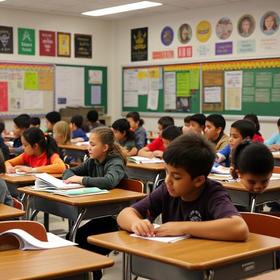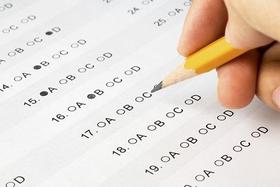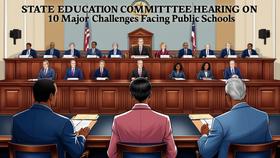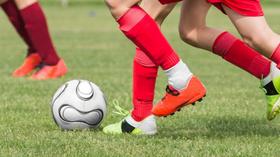Serving 89 students in grades Prekindergarten-12, Louisiana School For The Deaf ranks in the bottom 50% of all schools in Louisiana for overall test scores (math proficiency is bottom 50%, and reading proficiency is bottom 50%).
The percentage of students achieving proficiency in math was ≤10% (which was lower than the Louisiana state average of 34%). The percentage of students achieving proficiency in reading/language arts was ≤10% (which was lower than the Louisiana state average of 42%).
The student-teacher ratio of 30:1 was higher than the Louisiana state level of 14:1.
Minority enrollment was 74% of the student body (majority Black), which was higher than the Louisiana state average of 59% (majority Black).
Top Rankings
Louisiana School For The Deaf ranks among the top 20% of public schools in Louisiana for:
Category
Attribute
Percent Eligible For Free Lunch
Community Size
School Overview
School Type
Grades Offered
Grades Prekindergarten-12
(No virtual instruction)
(No virtual instruction)
Total Students
89 students
Gender %
Total Classroom Teachers
3 teachers
School Rankings
Overall Testing Rank
#1184 out of 1244 schools
(Bottom 50%)
(Bottom 50%)
Math Test Scores (% Proficient)
≤10%
34%
Reading/Language Arts Test Scores (% Proficient)
≤10%
42%
Science Test Scores (% Proficient)
≤10%
27%
Student-Teacher Ratio
30:1
14:1
American Indian
1%
1%
Asian
1%
2%
Hispanic
9%
11%
Black
62%
41%
White
26%
41%
Hawaiian
n/a
n/a
Two or more races
1%
4%
All Ethnic Groups
Graduation Rate
≥50%
83%
Participates in the National School Lunch Program (NSLP)
Yes
Eligible for Free Lunch
89%
57%
Eligible for Reduced Lunch
3%
5%
School Statewide Testing
School District Name
Louisiana Schools For The Deaf And Visually Impaired
Source: National Center for Education Statistics (NCES), LA Dept. of Education
Frequently Asked Questions
What is Louisiana School For The Deaf's ranking?
Louisiana School For The Deaf is ranked #1184 out of 1,244 schools, which ranks it among the bottom 50% of public schools in Louisiana.
What percent of students have achieved state testing proficiency in math and reading?
≤10% of students have achieved math proficiency (compared to the 34% LA state average), while ≤10% of students have achieved reading proficiency (compared to the 42% LA state average).
What is the graduation rate of Louisiana School For The Deaf?
The graduation rate of Louisiana School For The Deaf is 50%, which is lower than the Louisiana state average of 83%.
How many students attend Louisiana School For The Deaf?
89 students attend Louisiana School For The Deaf.
What is the racial composition of the student body?
62% of Louisiana School For The Deaf students are Black, 26% of students are White, 9% of students are Hispanic, 1% of students are American Indian, 1% of students are Asian, and 1% of students are Two or more races.
What is the student-teacher ratio of Louisiana School For The Deaf?
Louisiana School For The Deaf has a student ration of 30:1, which is higher than the Louisiana state average of 14:1.
What grades does Louisiana School For The Deaf offer ?
Louisiana School For The Deaf offers enrollment in grades Prekindergarten-12 (No virtual instruction).
What school district is Louisiana School For The Deaf part of?
Louisiana School For The Deaf is part of Louisiana Schools For The Deaf And Visually Impaired.
In what neighborhood is Louisiana School For The Deaf located?
Louisiana School For The Deaf is located in the Highlands And Perkins neighborhood of Baton Rouge, LA. There are 14 other public schools located in Highlands And Perkins.
Recent Articles

How Public Schools Support Students on Free / Reduced-Lunch Programs
Explore how U.S. public schools support students eligible for free or reduced-price lunch through nutrition, academic, and wraparound services in 2025.

Hidden Costs of Public Schools: Fees, Supplies & Extras
Explore the hidden costs in public schools—fees, supplies, extracurriculars—and how parents can plan for them in 2025.

Public School Funding 2025: What Families Should Know
Essential insights on public school funding in 2025—how it works, what’s changing, and what families should know to stay ahead.





